EcoReef Crustacean Havens – Modular Sanctuaries in Natural Waterscapes
Designing Safe Zones for Wild Crustaceans
EcoReef Crustacean Havens are modular structures designed to support crustacean life in natural freshwater and saltwater environments. These havens mimic the complexity of wild habitats using biodegradable and recycled materials. Crustaceans such as crayfish, shrimp, crabs, and amphipods rely on shelter, substrate, and plant cover for survival. In rivers, estuaries, and coastal shallows, these structures offer refuge from predators and environmental stress.
Twigs simulate root tangles, stones form burrows, and rope mimics aquatic vegetation. Recycled components bind the structure while allowing water flow and sediment exchange. EcoReefs are placed in natural settings to restore degraded zones and support biodiversity. They encourage molting, breeding, and grazing behaviors. These havens also stabilize sediment and reduce erosion. Crustaceans use them to anchor eggs, forage for detritus, and escape current surges. EcoReefs are ideal for conservation projects, field studies, and community restoration efforts. Their modularity allows for site-specific adaptation. They blend into natural terrain while enhancing ecological function.
Wild Crustaceans And Modular Sanctuaries
Materials and Assembly – Building with Natural Integrity
EcoReef Havens are constructed from materials that harmonize with natural ecosystems. Twigs are collected from native vegetation and aged for durability. Stones are selected for porosity and irregular shape. Recycled plant-based plastics are molded into tunnels and anchor points. Natural rope such as jute or sisal binds components and mimics aquatic stems.
All materials must be non-toxic and biodegradable. Builders avoid synthetic dyes and coatings. Heat tools shape plastic into curved passageways without sealing off flow. Each haven includes multiple entry points and shaded zones. Materials are sourced locally to reduce ecological footprint. Twigs provide vertical layering and root simulation. Stones stabilize the structure and host algae growth. Rope anchors aquatic plants and supports egg-laying. The final structure is porous, stable, and ecologically neutral. Assembly is done on-site to match terrain and water flow.
Material Function Table
| Material | Ecological Role | Freshwater Use | Saltwater Use |
|---|---|---|---|
| Native Twigs | Shade and molting shelter | High | Medium |
| River Stones | Burrow and algae host | High | High |
| Bioplastic | Tunnel and chamber shaping | Medium | High |
| Jute Rope | Plant anchoring and mimic | Medium | Medium |
| Sand Substrate | Digging and egg laying | High | High |
Freshwater Crustaceans – Riverbank Refuge and Behavior
Freshwater crustaceans inhabit streams, lakes, and wetlands with diverse terrain. Crayfish dig under rocks and logs, forming territorial burrows. Freshwater shrimp graze on algae and detritus near submerged roots. Amphipods cling to leaf litter and organic debris. EcoReef Havens replicate these conditions using layered twigs, stones, and anchored plants. Submerged wood enhances molting success and reduces stress. Native plants like water celery and eelgrass provide cover and oxygenation.
Water temperature should remain between 16 and 24 degrees Celsius. Crustaceans are sensitive to turbidity and chemical runoff. Feeding zones should be near slow-moving water. Crayfish may require isolated chambers to prevent aggression. Shrimp colonies thrive in peaceful, plant-rich environments. Amphipods prefer shaded zones with low disturbance. EcoReefs must balance shelter, flow, and sediment exchange. Freshwater crustaceans contribute to nutrient cycling and ecosystem resilience.
Freshwater Species Table
| Species | Preferred Shelter | Substrate Type | Behavior Traits |
|---|---|---|---|
| Crayfish | Burrows under rocks | Gravel and sand | Territorial and active |
| Freshwater Shrimp | Root tangles and twigs | Fine sand | Social and peaceful |
| Amphipods | Leaf litter and debris | Organic layers | Grazing and mobile |
Saltwater Crustaceans – Coastal Complexity and Habitat Use
Saltwater crustaceans inhabit tidal pools, estuaries, and reef flats. Marine shrimp use coral rubble and seagrass beds for shelter. Crabs burrow in sand and hide under stones. Lobsters prefer deep crevices and stable substrates. Amphipods cling to algae and detritus in high-flow zones. EcoReef Havens simulate these environments using textured bioplastic, rope, and stone. Coral-like shapes are molded from recycled materials. Rope mimics seagrass movement and anchors native algae.
Sand layers support burrowing and molting. Salinity must remain consistent, with temperatures between 20 and 26 degrees Celsius. Marine crustaceans are sensitive to pH and oxygen levels. Lighting should mimic natural cycles and tidal rhythms. Feeding zones must be accessible but protected. Vertical layering supports species separation and behavioral zoning. Saltwater havens promote nutrient cycling and ecological balance.
Saltwater Species Table
| Species | Preferred Shelter | Substrate Type | Behavior Traits |
|---|---|---|---|
| Marine Shrimp | Coral rubble and twigs | Fine sand | Social and active |
| Crabs | Rock crevices and sand | Coarse sand | Territorial and mobile |
| Lobsters | Deep stone tunnels | Gravel and rock | Solitary and nocturnal |
| Amphipods | Algae and detritus | Organic debris | Cling and graze |
Breeding Zones – Supporting Reproduction in the Wild
Crustaceans require secluded zones to lay eggs and molt safely. Twigs and stones form natural cavities for egg protection. Bioplastic tunnels simulate burrows and reduce predation risk. Rope anchors aquatic plants that serve as egg-laying surfaces. Freshwater shrimp deposit eggs near moss-covered twigs. Crayfish prefer gravel-lined chambers with overhead cover.
Marine shrimp attach eggs to algae and rope structures. Crabs dig shallow nests in sand and guard their eggs. Lobsters seek deep crevices with minimal light exposure. Amphipods reproduce in detritus-rich zones with low disturbance. Breeding success depends on water stability and habitat complexity. Lighting should be soft and mimic natural cycles. Feeding should be reduced during molting periods. EcoReef Havens allow crustaceans to reproduce without stress. These zones increase survival rates and support population growth.
Breeding Habitat Table
| Species | Egg-Laying Preference | Molting Shelter | Habitat Feature |
|---|---|---|---|
| Freshwater Shrimp | Moss-covered twigs | Shaded crevices | Low-flow zones |
| Crayfish | Gravel-lined burrows | Under rocks | Territorial chambers |
| Marine Shrimp | Rope and algae anchors | Coral rubble | Vertical tunnels |
| Crabs | Sand nests | Rock overhangs | Guarded entry points |
| Lobsters | Deep stone crevices | Tunnel systems | Minimal light exposure |
Plant Anchoring – Stabilizing Vegetation in Wild Waters
EcoReef Havens serve as anchoring systems for aquatic vegetation in natural environments. Twigs and rope provide grip points for root systems in flowing water. Stones stabilize plant bases and prevent sediment displacement. Bioplastic components can be textured to hold stems securely. Anchored plants improve oxygenation and reduce turbidity. Crustaceans use plant cover for grazing, molting, and egg-laying. Shrimp colonies thrive near moss and fern clusters.
Crayfish dig under rooted plants for shelter and territorial marking. Marine species interact with algae and seagrass analogs. Anchored plants absorb excess nutrients and support water clarity. They also create shaded zones for rest and reproduction. Plant integration enhances the reef’s camouflage and ecological function. Builders should select native species based on water type and light exposure. Anchored vegetation transforms the reef into a living scaffold. EcoReef Havens become stabilizing nodes in dynamic aquatic systems.
Wild Plant Anchoring Table
| Plant Type | Anchoring Method | Crustacean Benefit | Water Type |
|---|---|---|---|
| Water Celery | Twigs and rope | Grazing and shelter | Freshwater |
| Eelgrass | Stone crevices | Egg-laying and oxygenation | Freshwater |
| Seagrass Analog | Rope and bioplastic | Cover and molting zones | Saltwater |
| Algae Clusters | Plastic texture | Grazing and camouflage | Saltwater |
| Hornwort | Gravel embedding | Shade and sediment control | Freshwater |

DIY Fieldwork – Building Reefs in Natural Terrain
EcoReef Havens can be constructed directly in natural settings using field-ready methods. Materials are gathered from local sources to match the ecosystem. Twigs are collected from native shrubs and aged for durability. Stones are selected from riverbeds or coastal zones. Bioplastic components are shaped on-site using portable heat tools. Rope is cut and tied to anchor plants and bind joints. Each reef is assembled in place to match terrain contours. Builders assess water flow, substrate type, and species presence.
Reefs are placed in zones with moderate current and low disturbance. Fieldwork includes monitoring crustacean behavior and habitat use. Reefs may be adjusted seasonally to match breeding cycles. Local volunteers can assist with placement and observation. DIY reef-making becomes a community restoration ritual. Field notes document ecological changes over time. Reefs are tagged for tracking and maintenance. Each build becomes a living experiment in habitat design.
Fieldwork Planning Table
| Task | Tool or Material | Ecological Purpose |
|---|---|---|
| Twig Collection | Native shrubs | Shelter and molting zones |
| Stone Selection | Riverbed or coast | Burrow and algae support |
| Plastic Shaping | Heat tool | Tunnel and chamber formation |
| Rope Binding | Jute or sisal | Plant anchoring and stability |
| Site Assessment | Field notebook | Placement and species mapping |
Modular Expansion – Scaling Reefs Across Ecosystems
EcoReef Havens are modular by design, allowing for expansion across diverse aquatic landscapes. Small streams benefit from compact, single-unit reefs. Larger wetlands and estuaries can host multi-chambered reef systems. Each module can be linked with rope or natural connectors. Modular design supports species separation and behavioral zoning. Builders can create vertical stacks or horizontal spreads.
Expansion allows for seasonal breeding adjustments. Reefs can be repositioned without disrupting sediment layers. Modular units support flow control and light variation. Crustaceans adapt quickly to new configurations. Shrimp colonies expand into newly added zones. Crayfish establish territories across chambers. Marine species explore layered coral-like structures. Modular reefs mimic natural fragmentation and regrowth. They support educational demonstrations of ecological succession. The system becomes a living map of aquatic adaptation.
Modular Design Table
| Configuration | Ecosystem Type | Ecological Benefit |
|---|---|---|
| Single Unit | Small streams | Basic shelter and breeding |
| Dual Chamber | Wetlands | Species separation |
| Vertical Stack | Estuaries | Multi-level interaction |
| Horizontal Spread | Coastal shallows | Territorial zoning |
| Linked Modules | Restoration sites | Adaptive expansion |
Seasonal Adaptation – Matching Habitat to Natural Cycles
EcoReef Havens must adapt to seasonal changes in water temperature, flow, and species behavior. Spring brings increased breeding activity and plant growth. Summer supports molting and colony expansion. Autumn introduces sediment shifts and reduced light. Winter requires deeper shelter and stable substrates. Builders adjust reef placement based on seasonal flow. Twigs may be replaced or reinforced after floods. Stones are repositioned to stabilize shifting sediment. Rope anchors are tightened to hold plants through storms. Crustaceans respond to seasonal cues in temperature and light.
Shrimp lay eggs in spring and molt in summer. Crayfish defend burrows during cooler months. Marine species migrate or burrow deeper in winter. Seasonal adaptation ensures reef longevity and ecological relevance. Monitoring includes temperature logs and species counts. Reefs become dynamic structures that evolve with the ecosystem. Each season reshapes the reef’s role in aquatic life.
Seasonal Adaptation Table
| Season | Habitat Adjustment | Crustacean Response |
|---|---|---|
| Spring | Add plant anchors | Egg-laying and grazing |
| Summer | Expand reef chambers | Molting and colony growth |
| Autumn | Reinforce sediment zones | Reduced movement |
| Winter | Deepen shelter structures | Burrowing and dormancy |
Sediment Control – Stabilizing Substrate and Preventing Erosion
EcoReef Havens help stabilize sediment in dynamic aquatic environments. Twigs and stones reduce water velocity near the substrate. Rope anchors prevent plant uprooting during storms. Bioplastic tunnels redirect flow and minimize scouring. Crustaceans dig and burrow, reshaping sediment layers. Reefs buffer against erosion caused by seasonal floods. Anchored plants trap suspended particles and improve clarity.
Sediment stability supports egg-laying and molting success. Builders assess substrate type before placement. Gravel, sand, and organic debris require different reef designs. Reefs are positioned to avoid blocking natural flow. Sediment monitoring includes turbidity tests and depth logs. Stable substrate supports algae growth and detritus accumulation. Crustaceans use sediment for camouflage and feeding. EcoReefs become sediment anchors in shifting terrain. Their presence enhances long-term habitat resilience.
Sediment Control Table
| Component | Stabilizing Function | Ecological Benefit |
|---|---|---|
| Twigs | Flow reduction | Molting and shelter zones |
| Stones | Weight and anchoring | Burrow stability |
| Rope | Plant retention | Erosion prevention |
| Bioplastic Tunnels | Flow redirection | Sediment layering |
| Anchored Plants | Particle trapping | Water clarity and oxygenation |
Predator Buffering – Creating Safe Zones for Vulnerable Species
EcoReef Havens provide refuge from predators in natural waterscapes. Twigs and stones form crevices too small for larger species. Rope and plants create visual barriers and camouflage. Tunnels allow crustaceans to escape quickly during attacks. Shrimp and amphipods are especially vulnerable during molting. Crayfish use burrows to defend against fish and birds. Marine species hide in coral-like structures during tidal shifts. Reefs are placed near natural cover to enhance protection. Builders assess predator presence before installation. Safe zones reduce stress and increase survival rates.
Egg-laying occurs more successfully in buffered areas. Juvenile crustaceans use reefs as early-stage shelters. Predator buffering supports population stability. Reefs become defensive architecture in open terrain. Their design reflects ecological empathy and strategic placement. Each haven becomes a fortress of survival.
Predator Buffering Table
| Feature | Protective Function | Target Species |
|---|---|---|
| Twig Crevices | Hide from large predators | Shrimp and amphipods |
| Stone Burrows | Defensive shelter | Crayfish and crabs |
| Rope Camouflage | Visual disruption | Juvenile shrimp |
| Tunnel Networks | Escape routes | All crustaceans |
| Plant Cover | Egg protection | Molting individuals |
Symbolic Ecology – Reefs as Rituals of Regeneration
EcoReef Havens represent more than physical shelter—they embody ecological restoration in symbolic form. Each twig and stone echoes a fragment of lost habitat. Recycled materials become tools of renewal rather than waste. The structure’s complexity reflects biodiversity and adaptive systems. Crustacean behavior around the reef mirrors ancient survival patterns. Plant growth anchors the reef in time and space. The haven becomes a metaphor for resilience and healing.
It teaches ecological literacy through tactile engagement. DIY reef-making becomes a ritual of stewardship. The reef’s presence restores dignity to disturbed environments. It invites reflection on human impact and repair. Modular expansion reflects the logic of natural succession. Seasonal adaptation mirrors the rhythm of ecological cycles. Symbolic ecology transforms habitat design into storytelling. Each reef becomes a living emblem of aquatic hope.
Symbolic Elements Table
| Element | Ecological Role | Symbolic Meaning |
|---|---|---|
| Twigs | Shelter and shading | Fragility and resilience |
| Stones | Burrow and weight | Memory and permanence |
| Recycled Plastic | Tunnel and shaping | Renewal through reuse |
| Anchored Plants | Oxygenation and cover | Growth and healing |
| Crustacean Behavior | Natural interaction | Harmony and adaptation |
Emotional Resonance – Connecting with Wild Aquatic Life
EcoReef Havens foster emotional connection between humans and aquatic ecosystems. Their presence invites quiet observation and reflection. Watching crustaceans interact with the reef can be grounding. The reef becomes a symbol of care and ecological empathy. Field construction deepens personal investment in the landscape. Each haven reflects the builder’s intention and creativity. Crustacean behavior reveals trust and adaptation. Shrimp colonies form social patterns that evoke curiosity.
Plant growth symbolizes renewal and patience. The reef’s complexity mirrors emotional depth. Volunteers often name reef zones and track seasonal changes. Maintenance becomes a ritual of empathy and responsibility. EcoReefs transform rivers and coastlines into emotional landscapes. They support mental wellness through mindful engagement. The reef becomes a living companion in the field. Emotional resonance enhances ecological stewardship.
Emotional Impact Table
| Experience | Reef Interaction | Emotional Response |
|---|---|---|
| Observation | Crustacean movement | Calm and focus |
| Construction | Field reef building | Creativity and pride |
| Maintenance | Routine care | Empathy and responsibility |
| Growth | Plant propagation | Hope and renewal |
| Interaction | Shrimp colonies | Curiosity and connection |

Educational Use – Teaching Ecology Through Field-Based Design
EcoReef Havens are powerful tools for ecological education in natural settings. They demonstrate habitat complexity in real-world terrain. Students can observe crustacean behavior and molting cycles. Reefs show the importance of shelter and substrate diversity. Plant integration teaches photosynthesis and nutrient cycling. Field construction introduces sustainable design principles.
Reefs support lessons on biodiversity and adaptation. Teachers can use them to explain predator-prey dynamics. Modular reefs illustrate ecological succession and resilience. Observing shrimp colonies reveals social behavior. Reefs also support discussions on pollution and restoration. They encourage empathy toward aquatic life. Educational kits can include reef-building materials and field guides. Schools can host reef-making workshops in local wetlands. EcoReefs transform outdoor spaces into living classrooms.
Educational Application Table
| Lesson Topic | Reef Demonstration | Learning Outcome |
|---|---|---|
| Habitat Complexity | Multi-chamber reef | Understanding shelter dynamics |
| Biodiversity | Mixed species interaction | Species interdependence |
| Sustainability | Recycled materials | Eco-conscious design |
| Succession | Modular expansion | Ecological resilience |
| Behavior Observation | Molting and grazing | Empathy and awareness |
Community Restoration – Reefs as Collective Action
EcoReef Havens support community-led restoration in freshwater and coastal environments. Local groups can build and place reefs in degraded zones. Materials are gathered sustainably from nearby sources. Workshops teach reef construction and ecological principles. Volunteers monitor crustacean populations and habitat changes. Reefs become focal points for environmental engagement. They offer hands-on learning for all ages. Community members share stories and data across seasons.
Reefs are tagged and tracked for long-term impact. Restoration becomes a shared ritual of care. Crustaceans benefit from increased shelter and breeding zones. Plants stabilize sediment and improve water quality. Reefs reconnect people with local ecosystems. They foster pride, stewardship, and ecological literacy. Community restoration transforms passive concern into active repair. Each reef becomes a symbol of collective resilience.
Community Engagement Table
| Activity | Ecological Purpose | Social Outcome |
|---|---|---|
| Reef Workshops | Habitat construction | Skill-sharing and education |
| Volunteer Monitoring | Species tracking | Stewardship and awareness |
| Seasonal Maintenance | Reef upkeep | Ritual and responsibility |
| Storytelling Events | Ecological reflection | Cultural connection |
| Data Sharing | Impact measurement | Collaboration and transparency |
Climate Resilience – Reefs as Adaptive Infrastructure
EcoReef Havens contribute to climate resilience in aquatic ecosystems. They buffer against extreme weather and seasonal shifts. Twigs and stones reduce erosion during floods. Anchored plants stabilize sediment and absorb excess nutrients. Reefs provide shelter during temperature fluctuations. Crustaceans use them to escape heat and cold stress. Modular design allows for rapid adaptation to changing conditions. Reefs can be repositioned after storms or droughts. They support species migration and recolonization. Plant growth enhances carbon absorption and oxygenation. Reefs reduce turbidity caused by runoff and sediment disruption. Builders assess climate risks before placement. Monitoring includes temperature logs and species counts. Reefs become micro-resilience hubs in vulnerable zones. Their presence enhances long-term ecological stability. EcoReefs transform restoration into climate adaptation.
Climate Resilience Table
| Feature | Climate Function | Ecological Benefit |
|---|---|---|
| Twigs and Stones | Erosion buffering | Shelter during floods |
| Anchored Plants | Nutrient absorption | Water quality improvement |
| Modular Design | Repositioning flexibility | Adaptive habitat response |
| Tunnel Structures | Thermal refuge | Molting and breeding support |
| Seasonal Monitoring | Data collection | Predictive restoration |
Conclusion – Building Sanctuaries of Meaning in the Wild
EcoReef Crustacean Havens are more than habitat structures. They are modular sanctuaries that restore dignity to aquatic life. Each haven supports shelter, breeding, and ecological balance. Their construction reflects sustainable design and symbolic restoration. Reefs teach us about adaptation, resilience, and care. They invite emotional and intellectual engagement. DIY reef-making becomes a ritual of ecological stewardship. Modular expansion allows for creative expression and technical precision.
Maintenance reinforces empathy and responsibility. Educational use transforms rivers and coastlines into living classrooms. Emotional resonance deepens our connection to aquatic life. Community restoration turns concern into collective action. Climate resilience anchors reefs in long-term survival. Symbolic ecology transforms habitat into narrative. Every haven becomes a story of regeneration. In building them, we build meaning. In observing them, we learn to protect.
Join the Discussion – Share Your Field-Built Reefs
Have you placed your own EcoReef Crustacean Haven in a natural stream or coastal zone? What materials did you use, and which species found refuge?
#EcoReef #CrustaceanHaven #WildSanctuary #ModularEcology #ShrimpShelter #CrayfishBurrows #ClimateResilience #CommunityRestoration #SymbolicEcology #EmotionalStewardship #FieldReefs #AquaticRegeneration #HabitatDesign #SedimentControl #ReefRituals

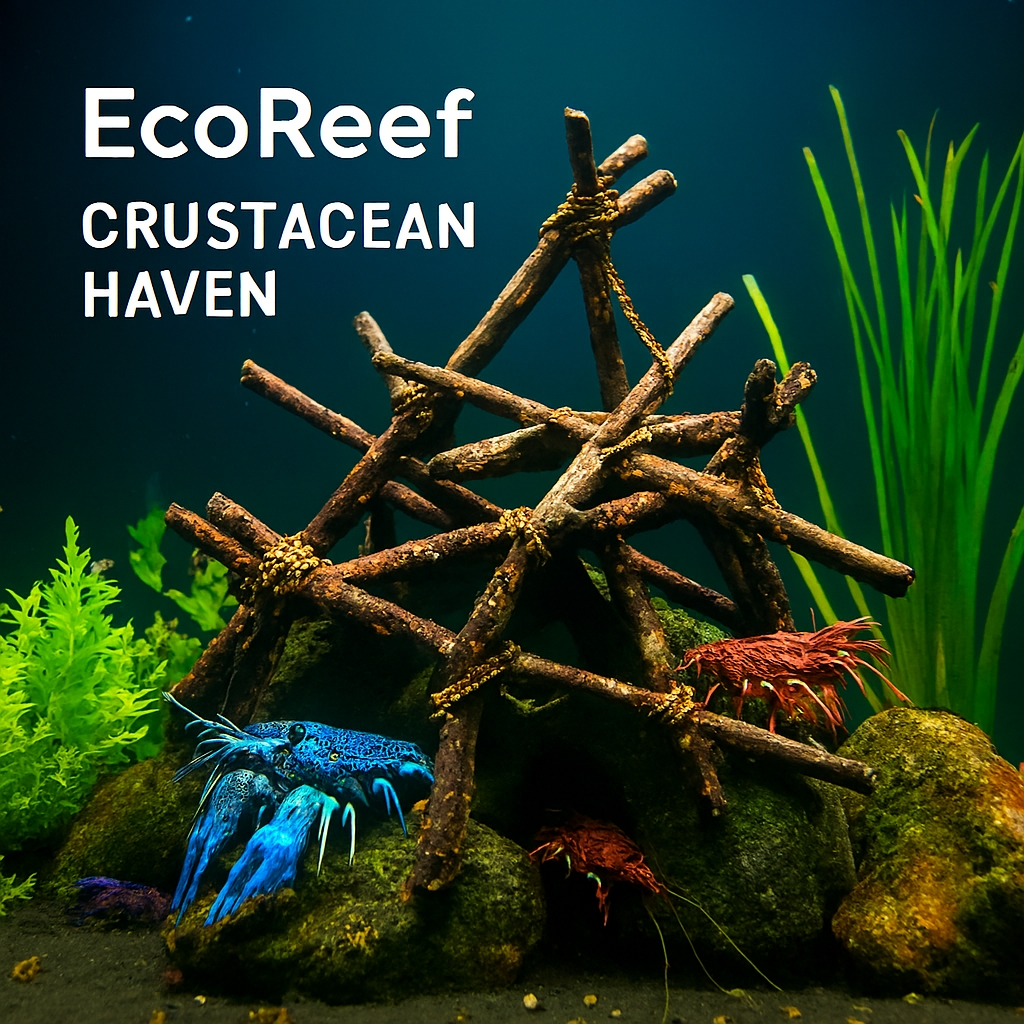


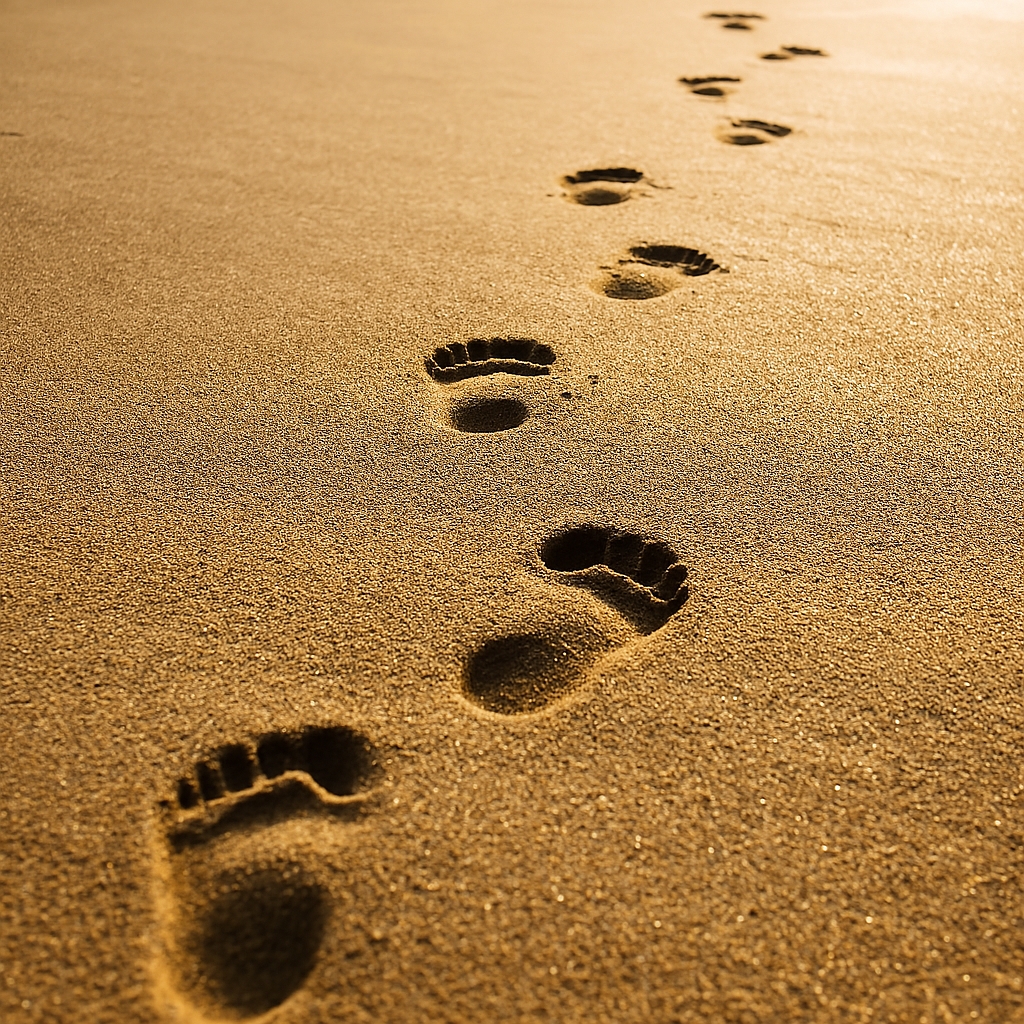
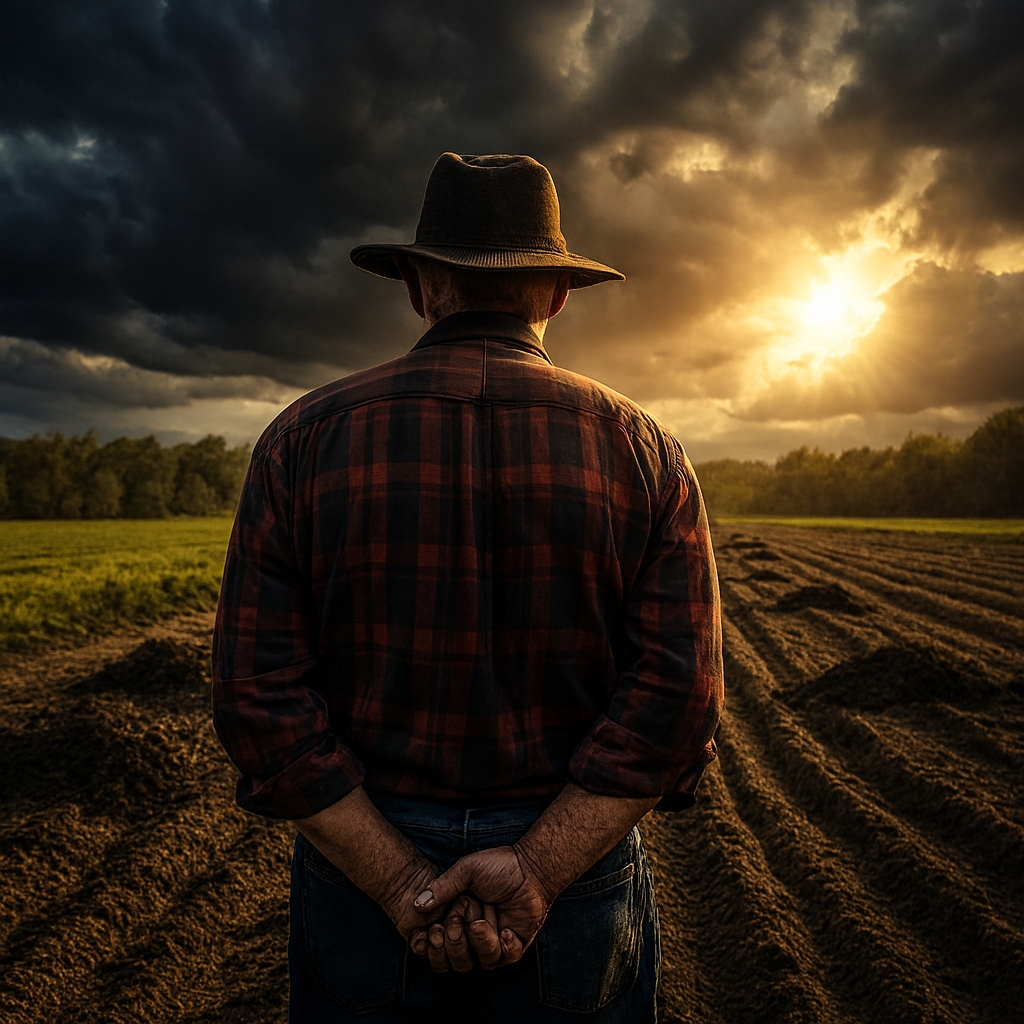
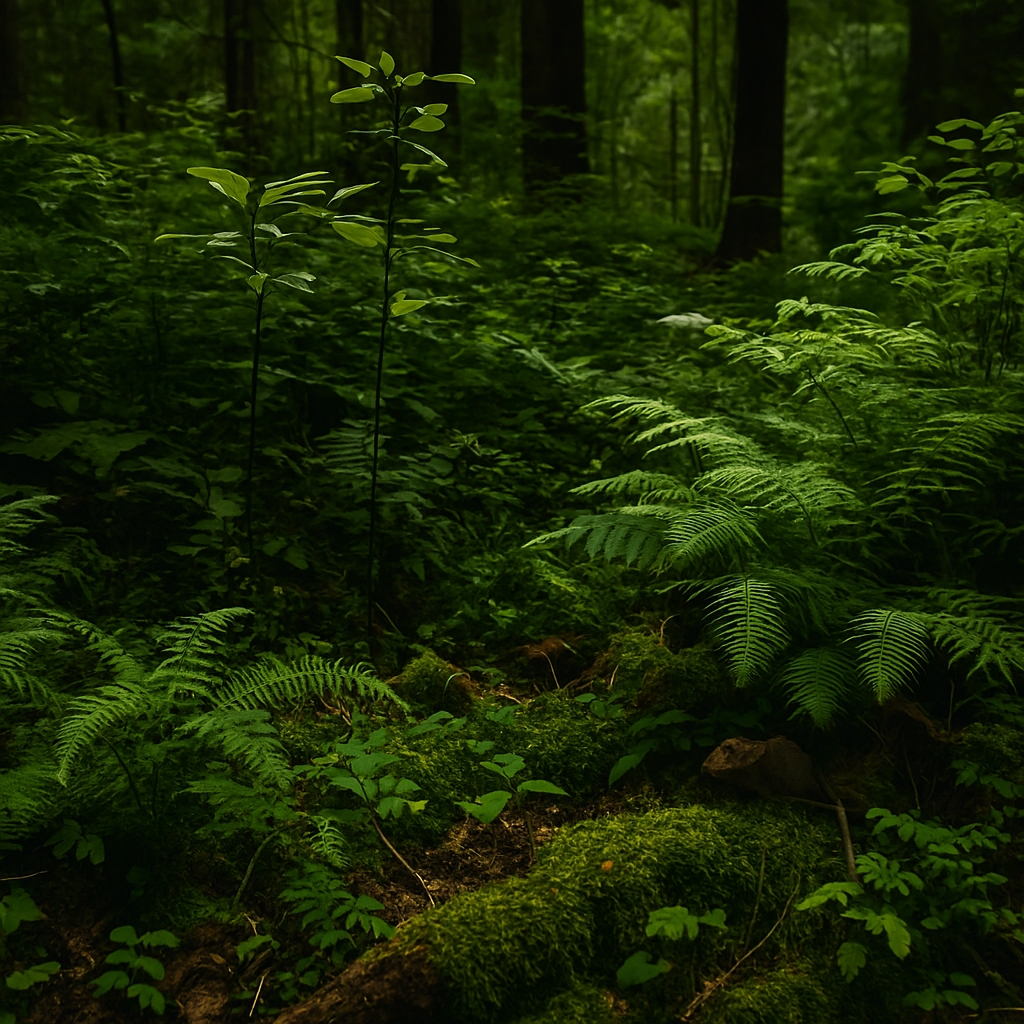
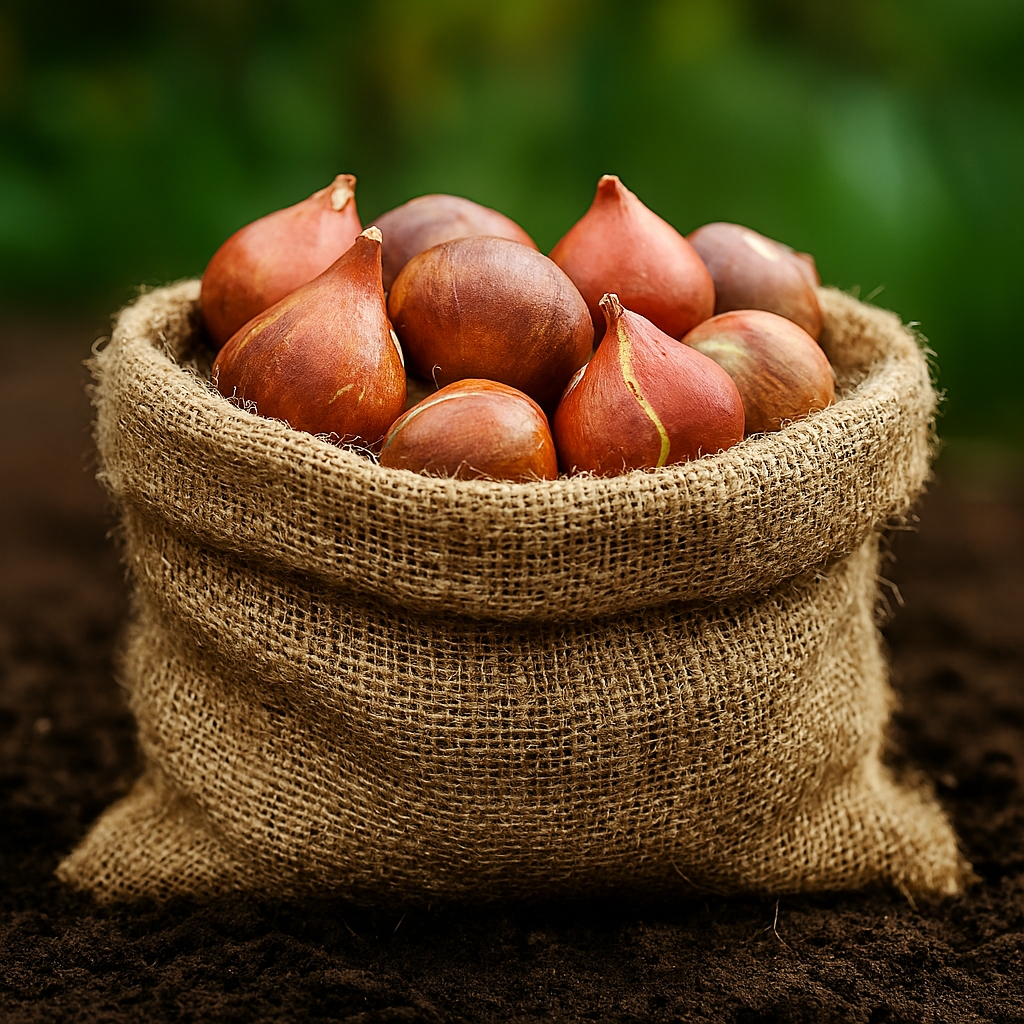
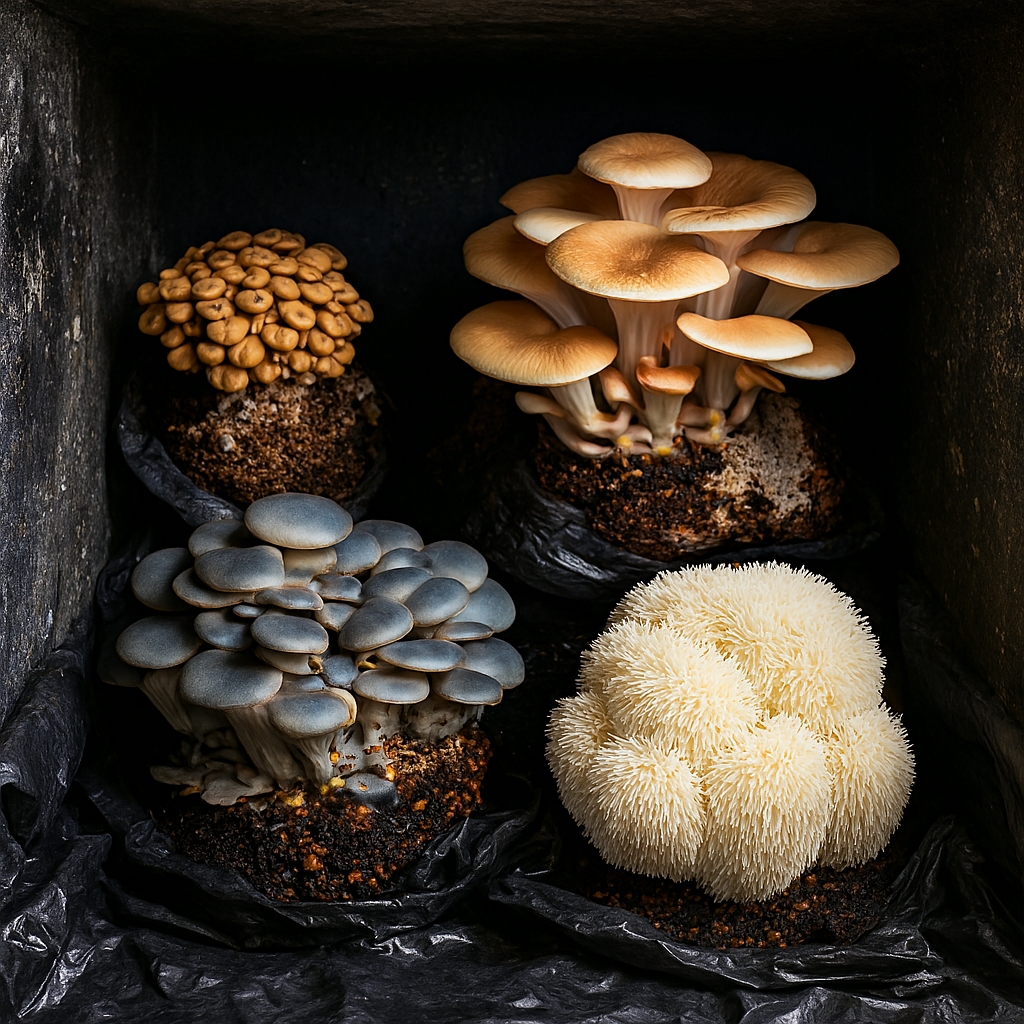

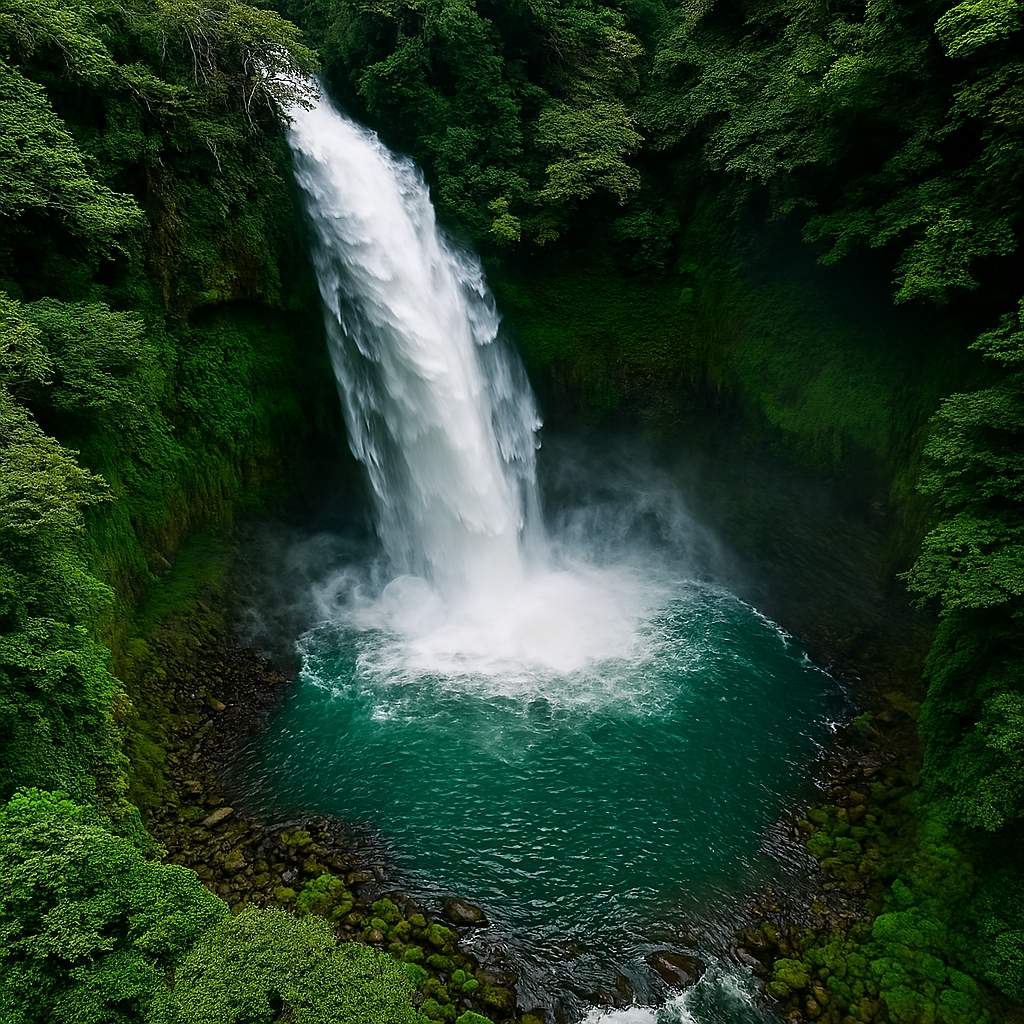
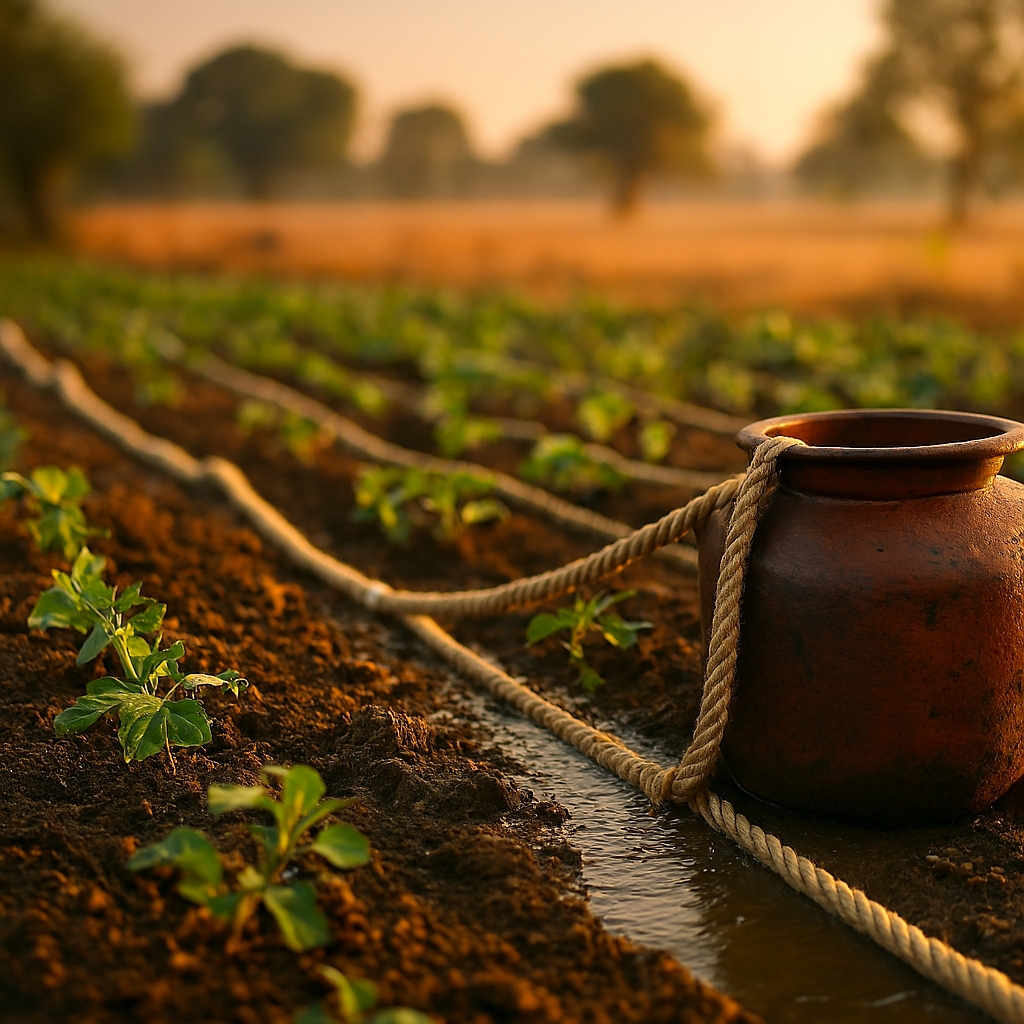
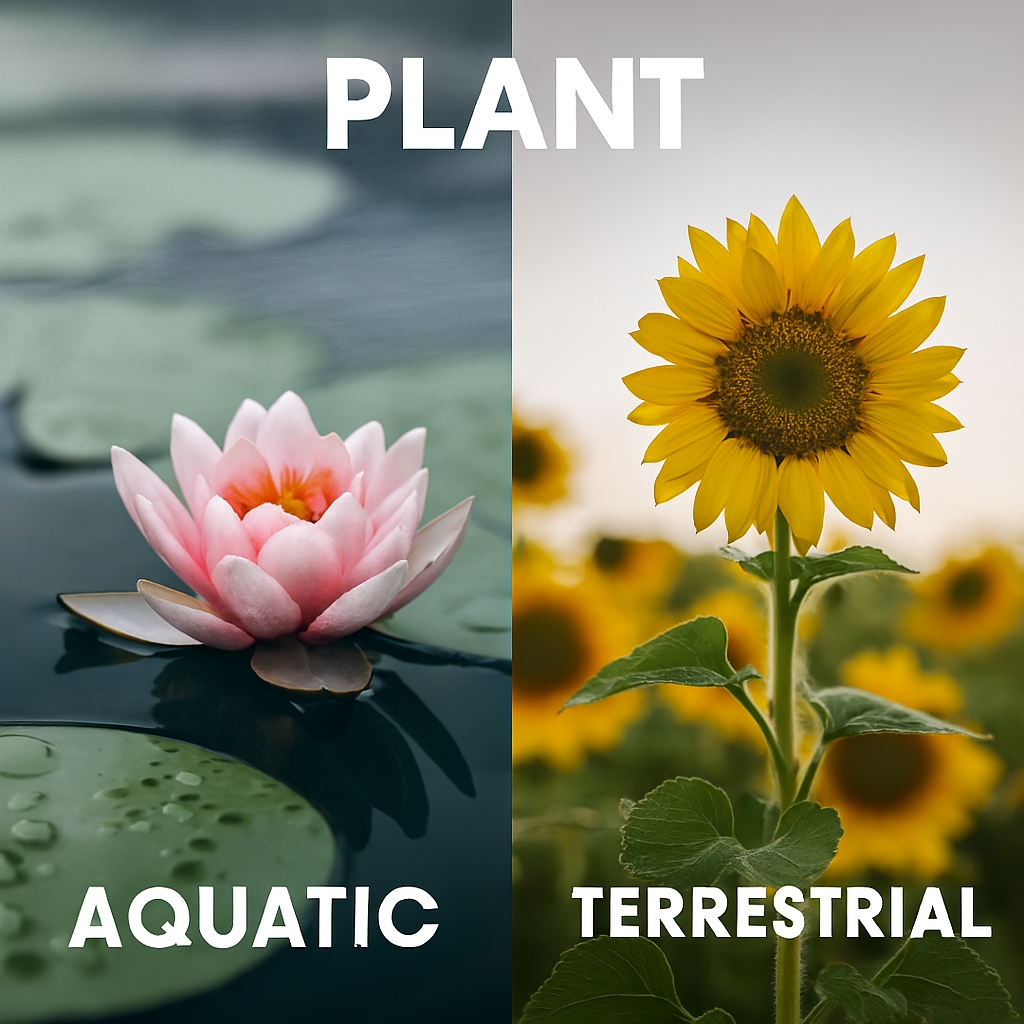
Leave a Reply